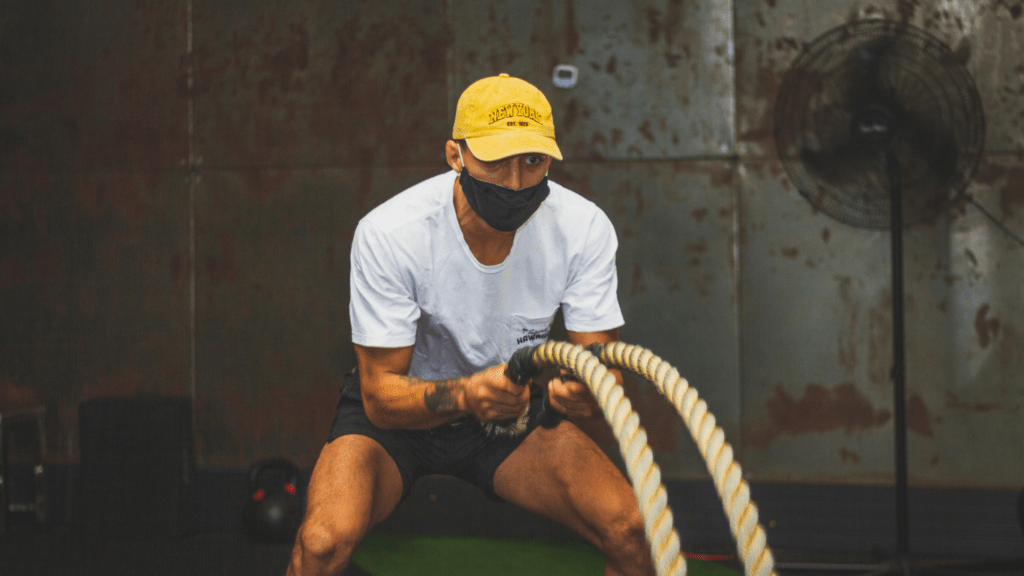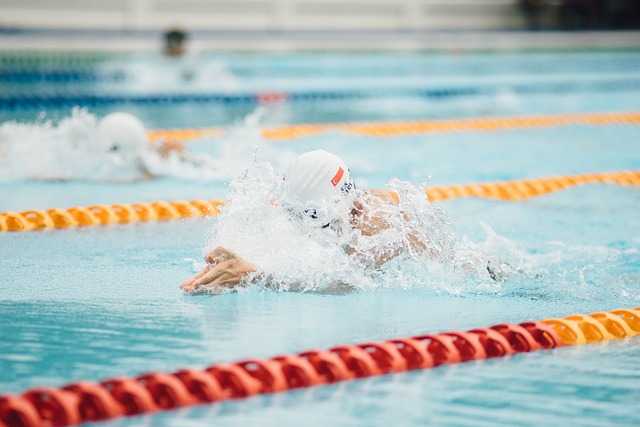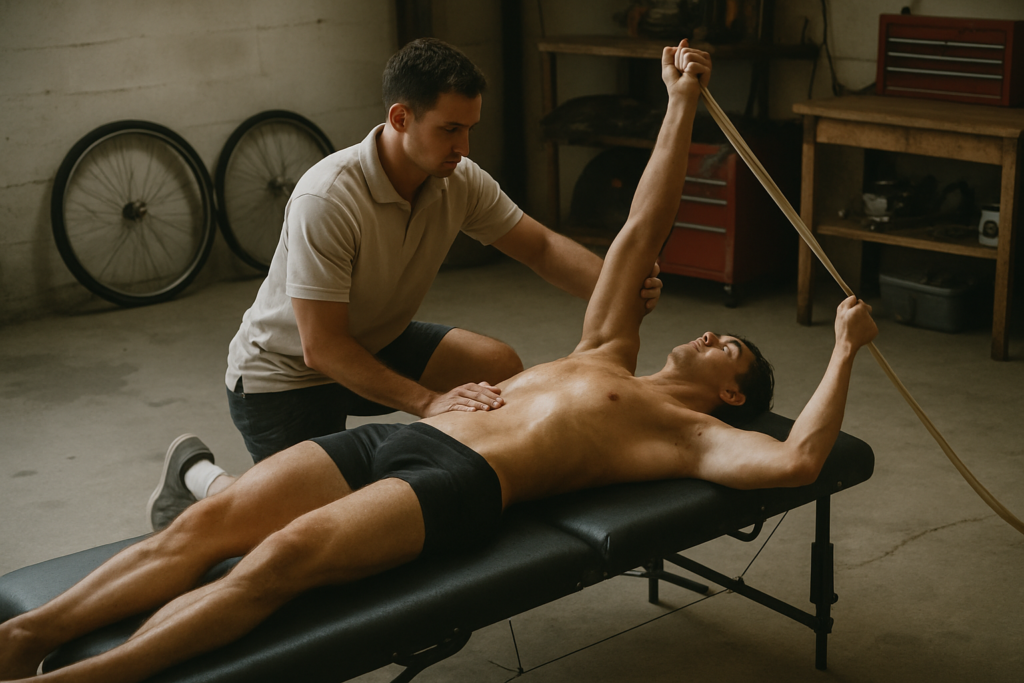Swimming is not just a sport; it’s a full-body workout that engages multiple muscle groups simultaneously. As a swimmer, I’ve experienced firsthand the importance of cardiovascular training in enhancing performance and endurance in the water. In this article, I’ll delve into the critical role that cardiovascular training plays in improving swimming abilities.
Efficient cardiovascular training not only boosts oxygen delivery to muscles but also increases overall stamina, allowing swimmers to maintain optimal performance levels for longer durations. Through my own training journey, I’ve discovered how targeted workouts can elevate heart health and lung capacity, translating to better results in the pool. Join me as we explore the impact of cardiovascular conditioning on swimming prowess and uncover the strategies for maximizing aquatic performance.
The Importance of Cardiovascular Fitness in Swimming
Cardiovascular fitness plays a vital role in swimming performance, enhancing overall endurance and efficiency in the water. Improved cardiovascular health leads to better oxygen circulation to muscles, boosting stamina and contributing to superior outcomes during swimming sessions.
Benefits for Competitive Swimmers
For competitive swimmers, a high level of cardiovascular fitness is non-negotiable. It allows athletes to maintain intense training regimens, recover quickly between races, and sustain peak performance levels throughout competitions. With enhanced cardiovascular conditioning, competitive swimmers can push their limits, improve race times, and strive for podium placements.
Impact on Recreational Swimmers
Even for recreational swimmers, cardiovascular training is essential for enjoying the sport to its fullest. Building cardiovascular endurance not only enhances swimming capabilities but also promotes overall health and well-being. Recreational swimmers with improved cardiovascular fitness can relish longer swims, explore new aquatic challenges, and experience the joy of being in the water with increased vitality.
Cardiovascular Training Techniques for Swimmers
When aiming to enhance my swimming performance, cardiovascular training plays a critical role. Efficient cardiovascular fitness, essential for optimal oxygen delivery to muscles, boosting stamina, and ultimately yielding better results in the pool, is a key focus for swimmers. Both competitive and recreational swimmers can benefit significantly from honing their cardiovascular health.
- Interval Training
Incorporating interval training into my swim workouts has been a game-changer. This technique involves alternating between high-intensity bursts of swimming and periods of active recovery. By pushing myself with intense bursts and allowing for brief recovery intervals, I’ve seen improvements in my speed, endurance, and overall cardiovascular capacity. Interval training not only simulates race conditions but also helps in building mental toughness for challenging swim sessions.
Endurance Training
Endurance training is another vital component of my cardiovascular routine. Swimming long distances at a moderate pace helps me build my endurance levels, enabling me to swim for extended periods without fatigue. This training method enhances my aerobic capacity, allowing me to maintain a steady pace throughout longer swims. By gradually increasing the distance and duration of my swims, I’ve noticed a significant improvement in my overall cardiovascular fitness and stamina, translating to enhanced performance in the water.
Monitoring Progress and Adjustments

In monitoring progress and making adjustments to my cardiovascular training for swimming, I focus on two key aspects: tracking heart rate and stamina, as well as adapting my training based on the results.
Tracking Heart Rate and Stamina
When tracking my heart rate during swimming sessions, I use a waterproof fitness tracker to monitor my heart rate zones. By staying within the target heart rate zone for cardiovascular improvement, I ensure that my training is optimized for maximum efficiency. Additionally, monitoring my stamina by tracking the duration and intensity of my swims helps me gauge improvements over time. It’s crucial to strike a balance between pushing my limits and avoiding overtraining to enhance my cardiovascular fitness effectively.
Adapting Training Based on Results
Based on the tracked data and results, I make necessary adjustments to my training regimen to ensure continuous progress. If I notice improvements in my stamina and heart rate control, I may increase the intensity or duration of my training sessions gradually. Conversely, if there are stagnation or dips in performance, I evaluate potential factors like inadequate rest, nutrition, or training load to make targeted adjustments. Adapting my training based on concrete results is essential for sustained growth in cardiovascular fitness and swimming performance.
Enhancing Performance Through Supplemental Exercises
When aiming to boost performance in swimming, incorporating supplemental exercises alongside cardiovascular training can be instrumental in achieving optimal results. By focusing on dryland training, flexibility, and core workouts, swimmers can enhance their overall performance and efficiency in the water.
Dryland Training for Swimmers
Engaging in dryland training plays a crucial role in improving swimming performance by targeting specific muscle groups that may not be fully activated during aquatic exercises. This type of training typically includes activities such as weightlifting, bodyweight exercises, and resistance training. By developing strength, power, and endurance on land, swimmers can translate these gains into improved propulsion and efficiency in the water.
Flexibility and Core Workouts
Flexibility and core strength are paramount for swimmers looking to optimize their performance. Flexibility exercises help increase range of motion, reduce the risk of injury, and enhance stroke efficiency. Core workouts, focusing on the abdominal, back, and hip muscles, contribute to stability, balance, and improved body position in the water. By incorporating these elements into their training regimen, swimmers can enhance their overall performance and achieve better results during competitions and practice sessions.


 is a dedicated fitness enthusiast with a deep-seated passion for swimming and holistic health. Leveraging her extensive background in competitive swimming and personal training, she provides readers with expert advice on optimizing their workouts and enhancing their overall well-being. Kiara's writing stands out for its blend of motivation and practical tips, making complex fitness concepts accessible and actionable. She is committed to helping individuals of all levels reach their fitness goals by promoting a balanced approach to exercise and nutrition. In her articles on Swim Fast Stay Fit, Kiara shares her personal experiences, training techniques, and strategies for overcoming common fitness challenges, inspiring others to lead healthier and more active lives.
is a dedicated fitness enthusiast with a deep-seated passion for swimming and holistic health. Leveraging her extensive background in competitive swimming and personal training, she provides readers with expert advice on optimizing their workouts and enhancing their overall well-being. Kiara's writing stands out for its blend of motivation and practical tips, making complex fitness concepts accessible and actionable. She is committed to helping individuals of all levels reach their fitness goals by promoting a balanced approach to exercise and nutrition. In her articles on Swim Fast Stay Fit, Kiara shares her personal experiences, training techniques, and strategies for overcoming common fitness challenges, inspiring others to lead healthier and more active lives.
